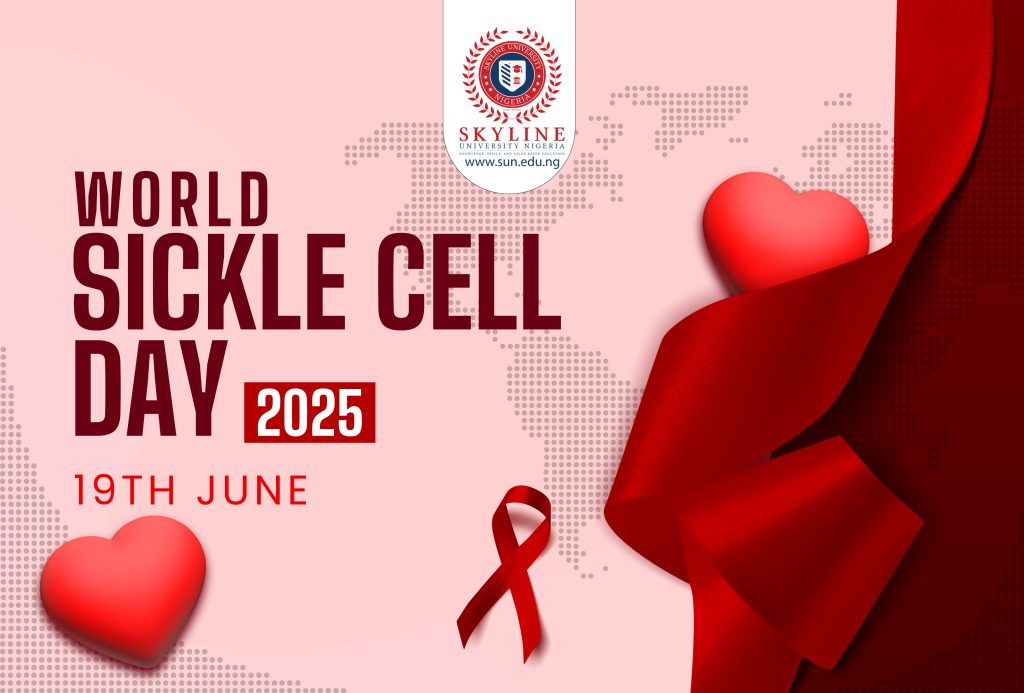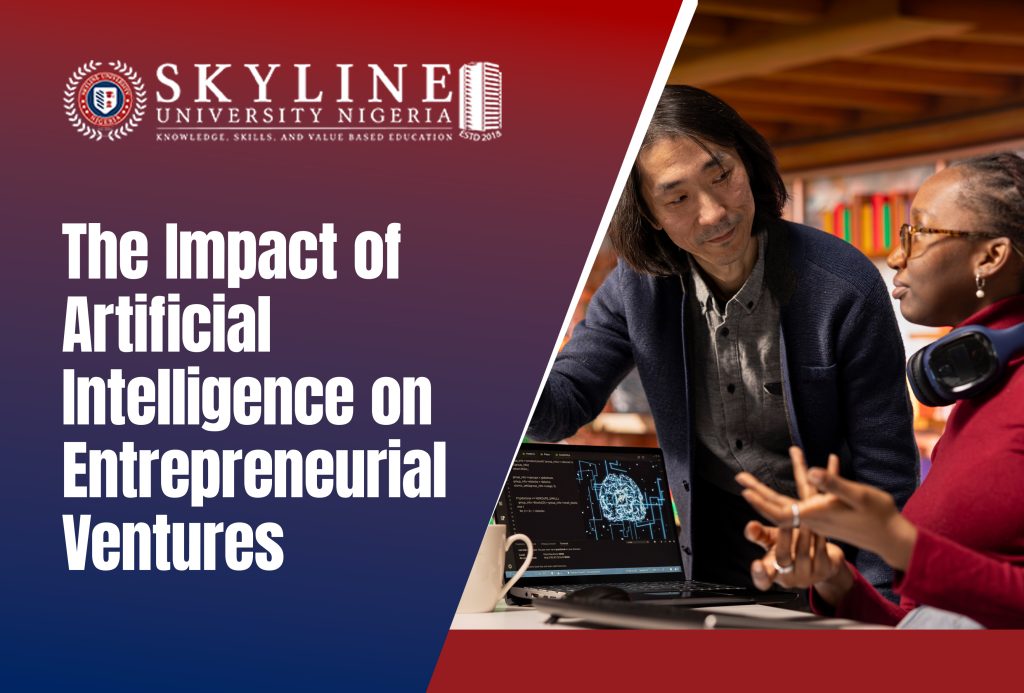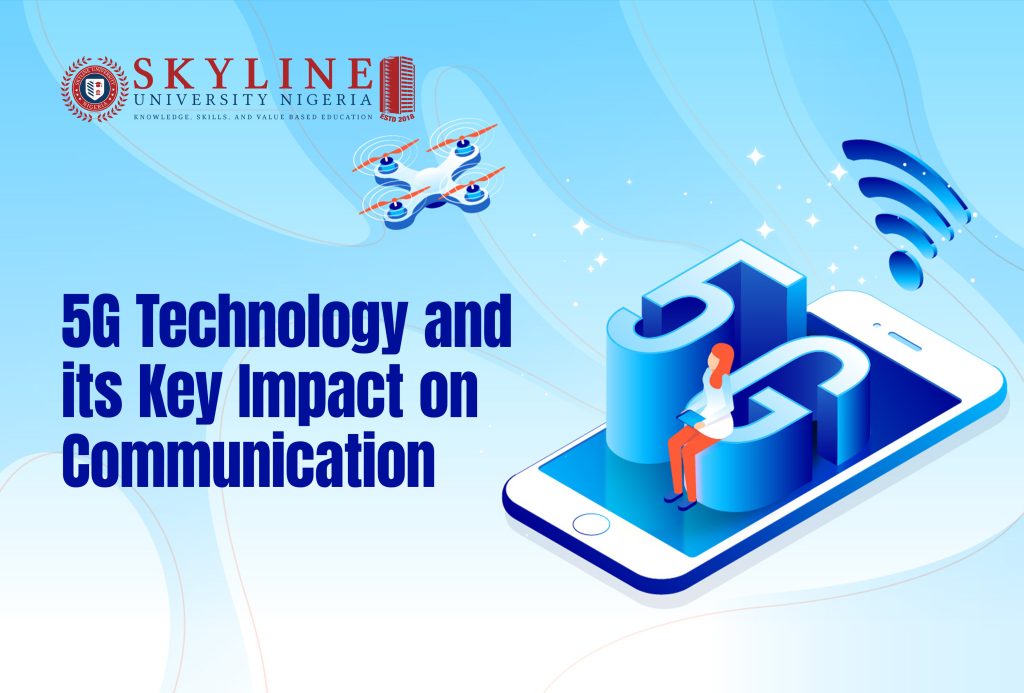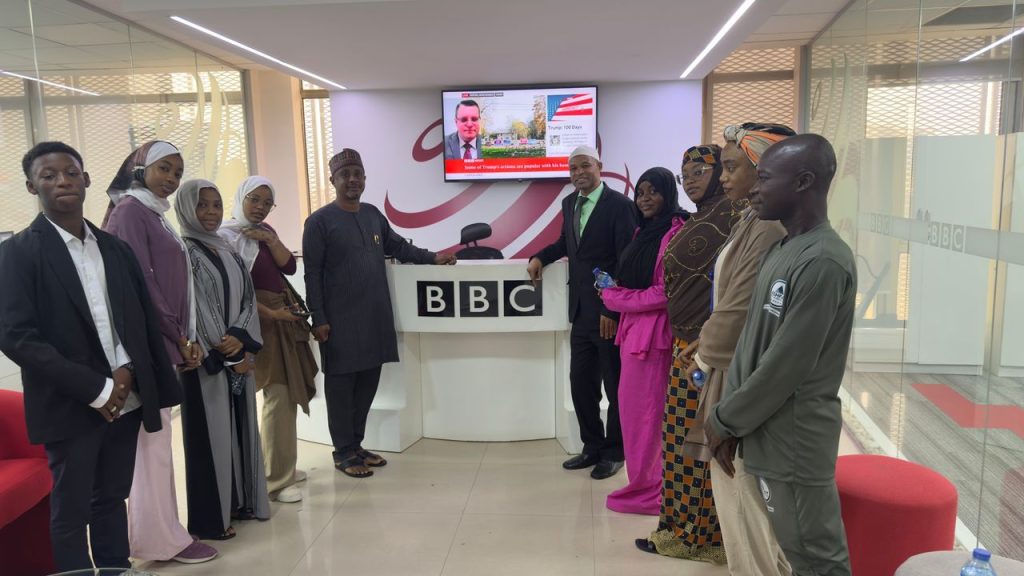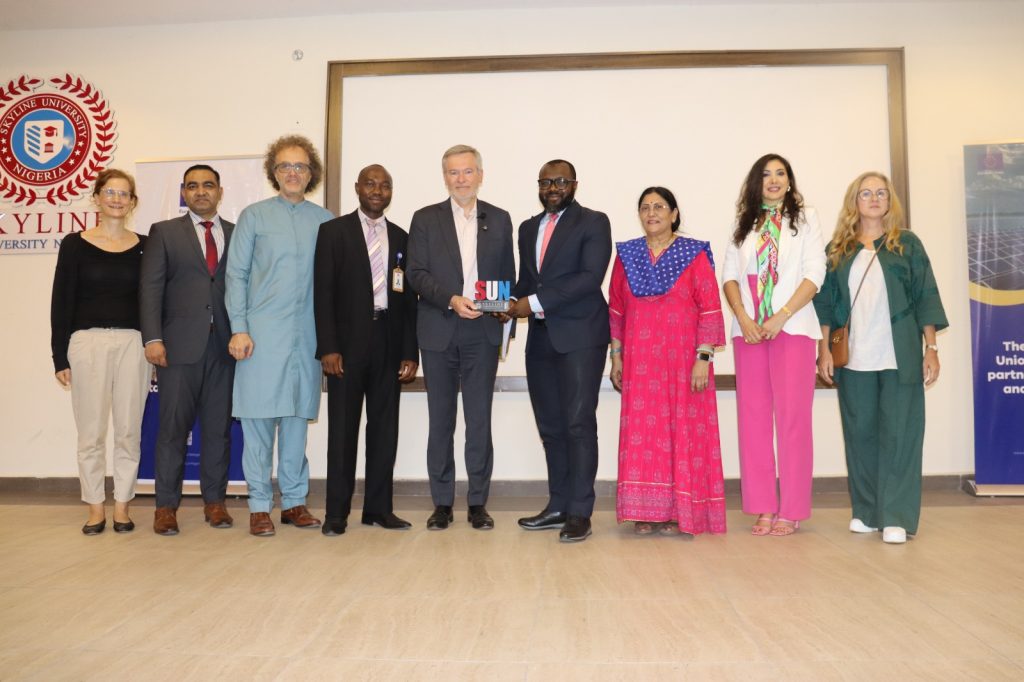Introduction The fifth generation of wireless communication technology, or 5G, is a significant improvement over earlier iterations (1G to 4G). 5G, which promises faster speeds, reduced latency, and more dependable connections, is already revolutionizing communication between gadgets and people. Beyond just speedier phones, 5G expands on earlier generations (1G to 4G) by enabling smart cities, driverless cars, remote healthcare, industrial automation, and more. 5G makes use of cutting-edge technology like beamforming and network slicing, runs on new frequency bands, and uses small cells for dense coverage. 5G is a platform for a completely connected, data-driven future, not just an improvement over 4G. Important overview of its key impacts in 5G Technology Impact: Compared to 4G, 5G offers data rates that are up to 100 times quicker. Result: Makes video conversations, cloud gaming, and virtual meetings more seamless by enabling almost instantaneous downloads and more fluid streaming of high-resolution information. Impact: It is possible for latency to decrease to as little as 1 millisecond. Result: Essential for real-time applications where delays can be expensive or hazardous, such as industrial automation, driverless cars, and remote surgery. Impact: Up to one million devices per square kilometer can be supported by 5G. Result: Essential to the Internet of Things (IoT), enabling highly dependable and efficient operations in smart homes, factories, and cities. Impact: Improved stability and less signal losses or dropped calls. As a result, mission-critical communication services like healthcare systems, emergency response, and financial transactions are supported. Benefits of 5G Technology Impact: Increased bandwidth and capacity. As a result, users will enjoy speedier, continuous mobile services in crowded places (like concerts or sporting events). Healthcare: Facilitates robotic surgery, telemedicine, and remote diagnostics. Education: AR/VR enhances virtual classes. Business: Facilitates cloud computing, AI integration, and real-time collaboration. Entertainment: Enables immersive experiences such as 360° live sports streaming and virtual reality concerts. Costs associated with infrastructure: necessitates upgrading old towers and deploying small cells densely. Security: With increased connection and IoT integration, new threats surface. The digital divide may cause access and affordability issues in low-income and rural communities. Conclusion 5G represents a fundamental change in communication technology, not just a speed boost. In the digital age, it makes possible quicker, smarter, and more interconnected systems that will completely change how people interact, how companies run, and how society runs. Faster speeds, extremely low latency, and extensive device connectivity are made possible by 5G technology, which represents a revolutionary advancement in wireless communication. Its possibilities extend well beyond enhancing mobile internet; it is the foundation for breakthroughs such as the Internet of Things (IoT), smart cities, driverless cars, and advanced healthcare. 5G is establishing the foundation for the upcoming generation of digital infrastructure by facilitating enormous data needs and real-time communication. To guarantee that its full potential is achieved, however, issues like expensive deployment costs, security worries, and fair access must be resolved. In summary, 5G is a key enabler of the global digital transformation, not merely the future of mobile networks. References Dr. A. Senthil Kumar is an Associate Professor in the Department of Computer Science and the current Dean of the School of Science and Information Technology (SSIT) in Skyline University Nigeria. He has completed his Ph.D. in Computer Applications in June 2017 from Manonmaniam Sundarnar University, Tirunelveli, Tamil Nadu, India.




